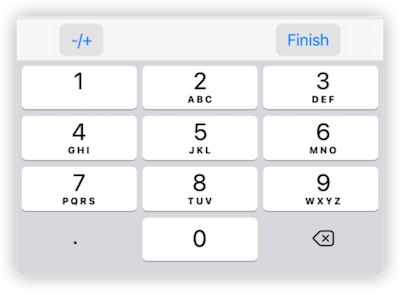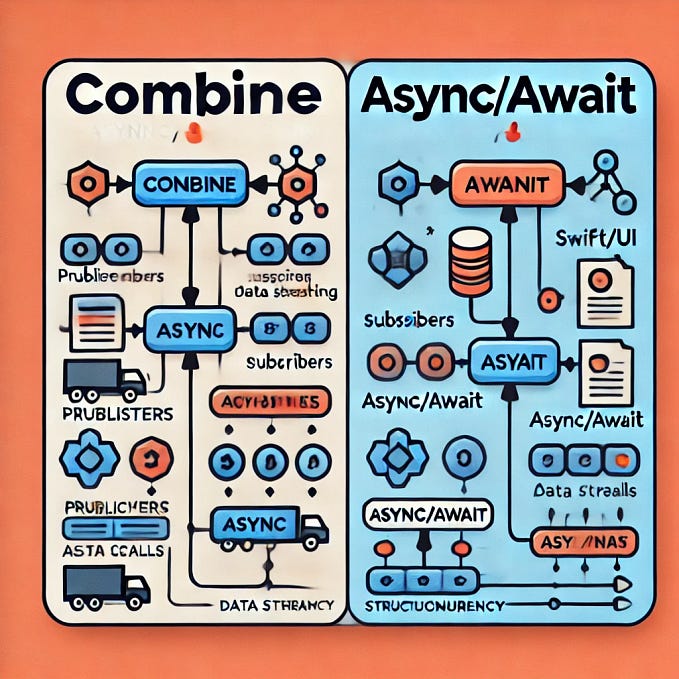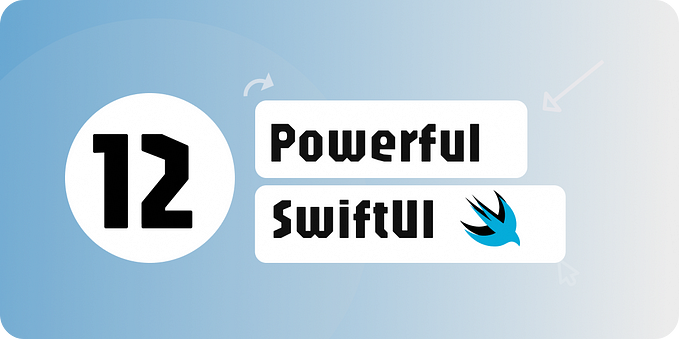Member-only story
Going Beyond @Published:Empowering Custom Property Wrappers

This article will introduce the communication mechanism between @Published and instances of classes that conform to the ObservableObject protocol, and demonstrate how to add the ability to access the properties or methods of the wrapped class instance for other custom property wrapper types through three examples: @MyPublished (a replica of @Published), @PublishedObject (a version of @Published that wraps reference types), and @CloudStorage (similar to @AppStorage, but for NSUbiquitousKeyValueStore).
Stay ahead with the latest updates and deep insights on Swift, SwiftUI, Core Data, and SwiftData. Subscribe to Fatbobman’s Swift Weekly to get exclusive articles, tips, and curated resources delivered straight to your inbox every week.
For even more valuable content and in-depth tutorials, visit my blog at fatbobman.com — your go-to destination for all things Swift and Apple development.
What is the ability of @Published
@Published is the most commonly used property wrapper in the Combine framework. Properties marked with @Published will notify their subscribers (provided through $ or projectedValue Publisher) of the upcoming changes when the property is modified.
Don’t be confused by the “ed” suffix in its name, it actually publishes the change before it occurs (willSet).
class Weather {
@Published var temperature: Double
init(temperature: Double) {
self.temperature = temperature
}
}
let weather = Weather(temperature: 20)
let cancellable = weather.$temperature
.sink() {
print ("Temperature now: \($0)")
}
weather.temperature = 25
// Temperature now: 20.0
// Temperature now: 25.0In classes that conform to the ObservableObject protocol, properties marked with @Published will not only notify subscribers of their own Publisher when they change, but also notify subscribers of the enclosing class instance’s objectWillChange. This feature makes @Published one of the most…








